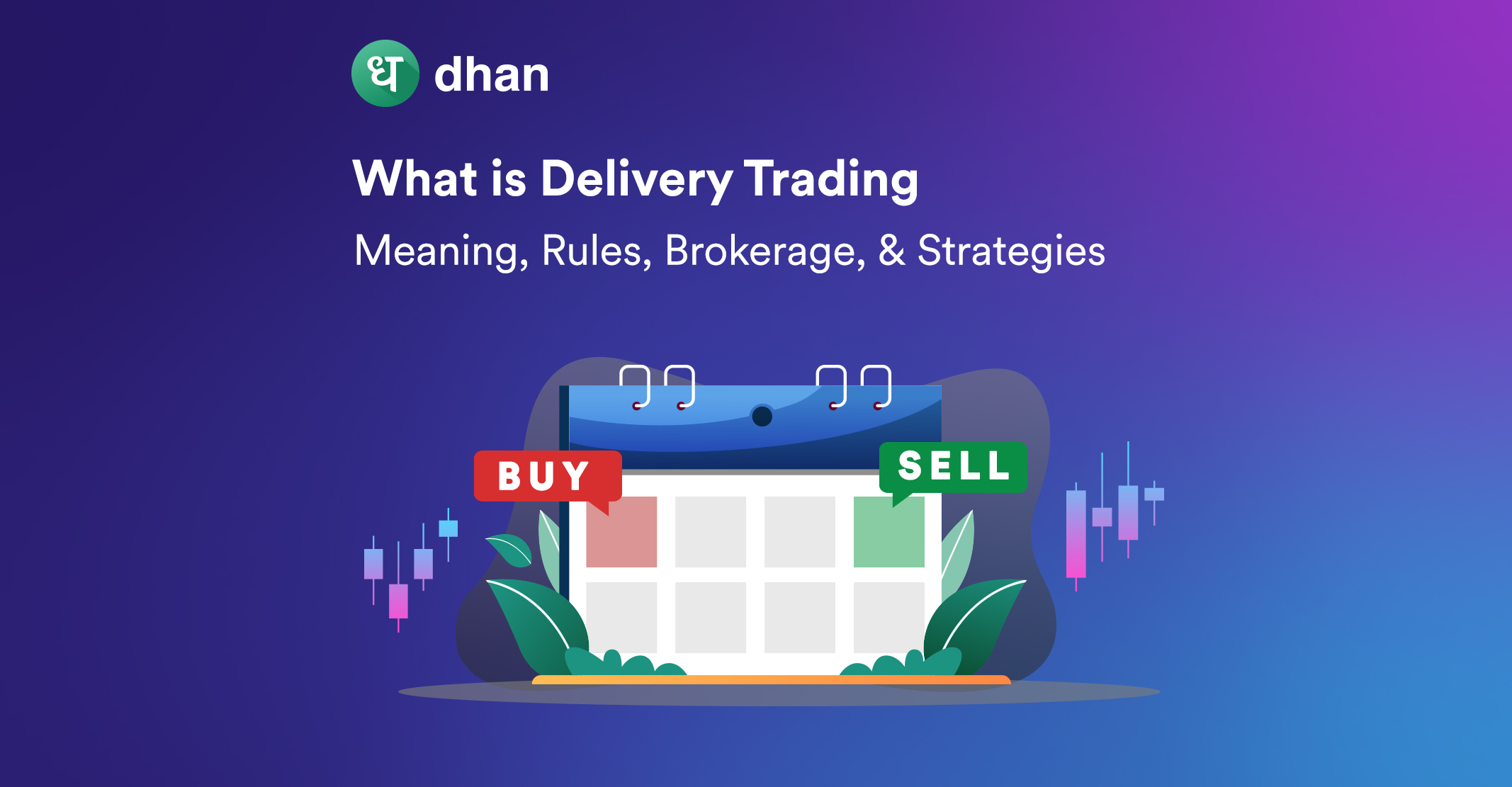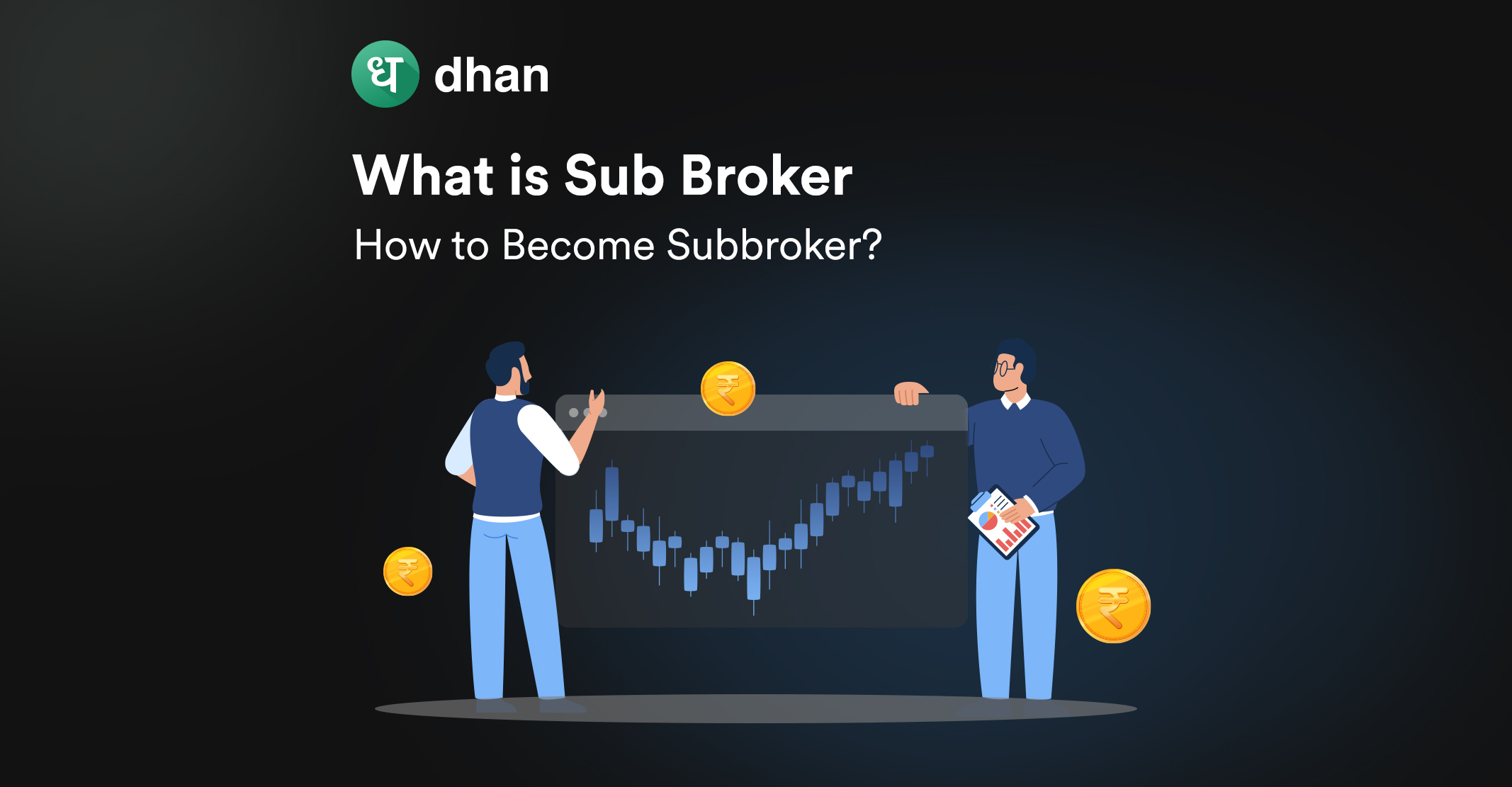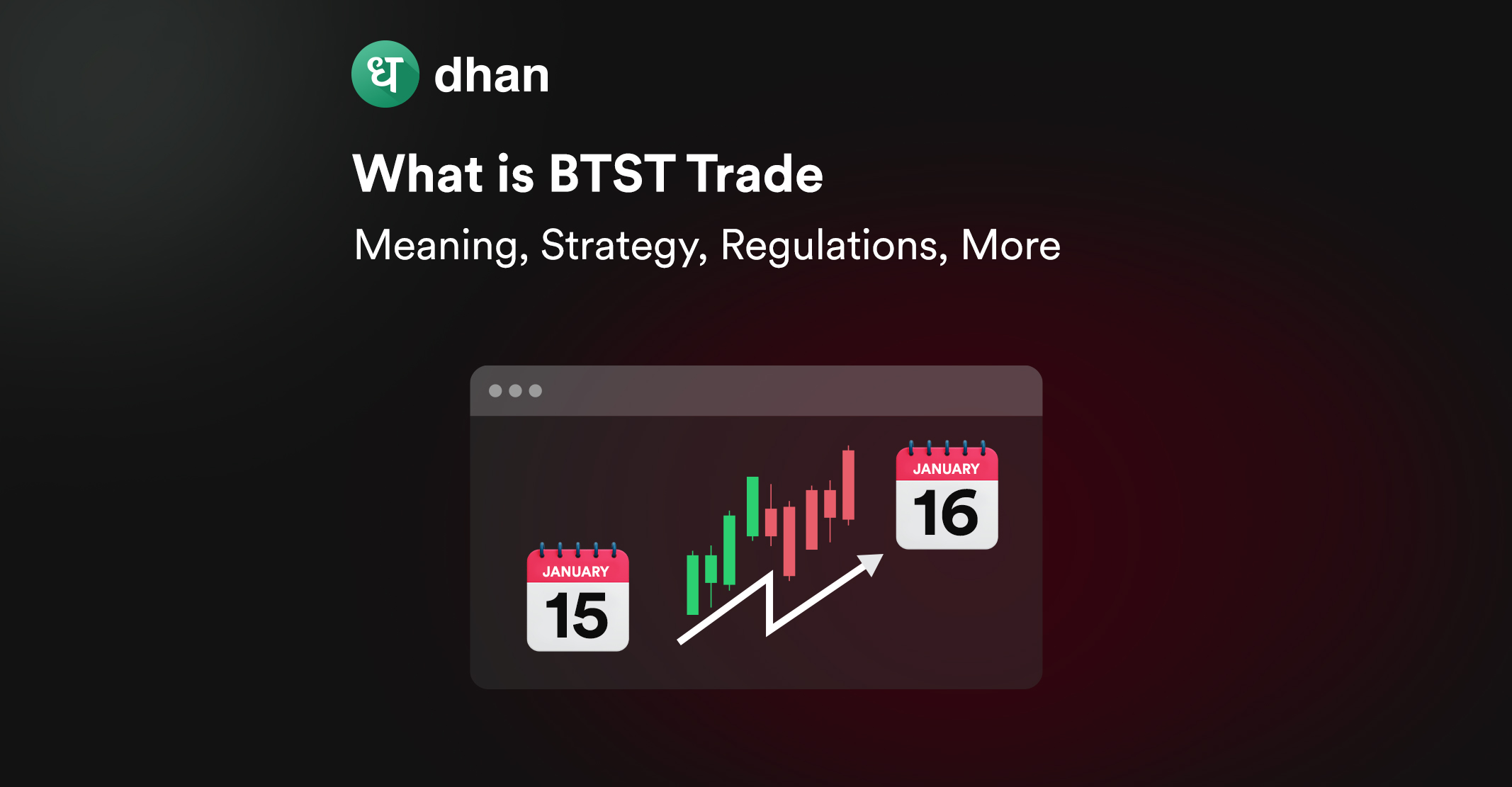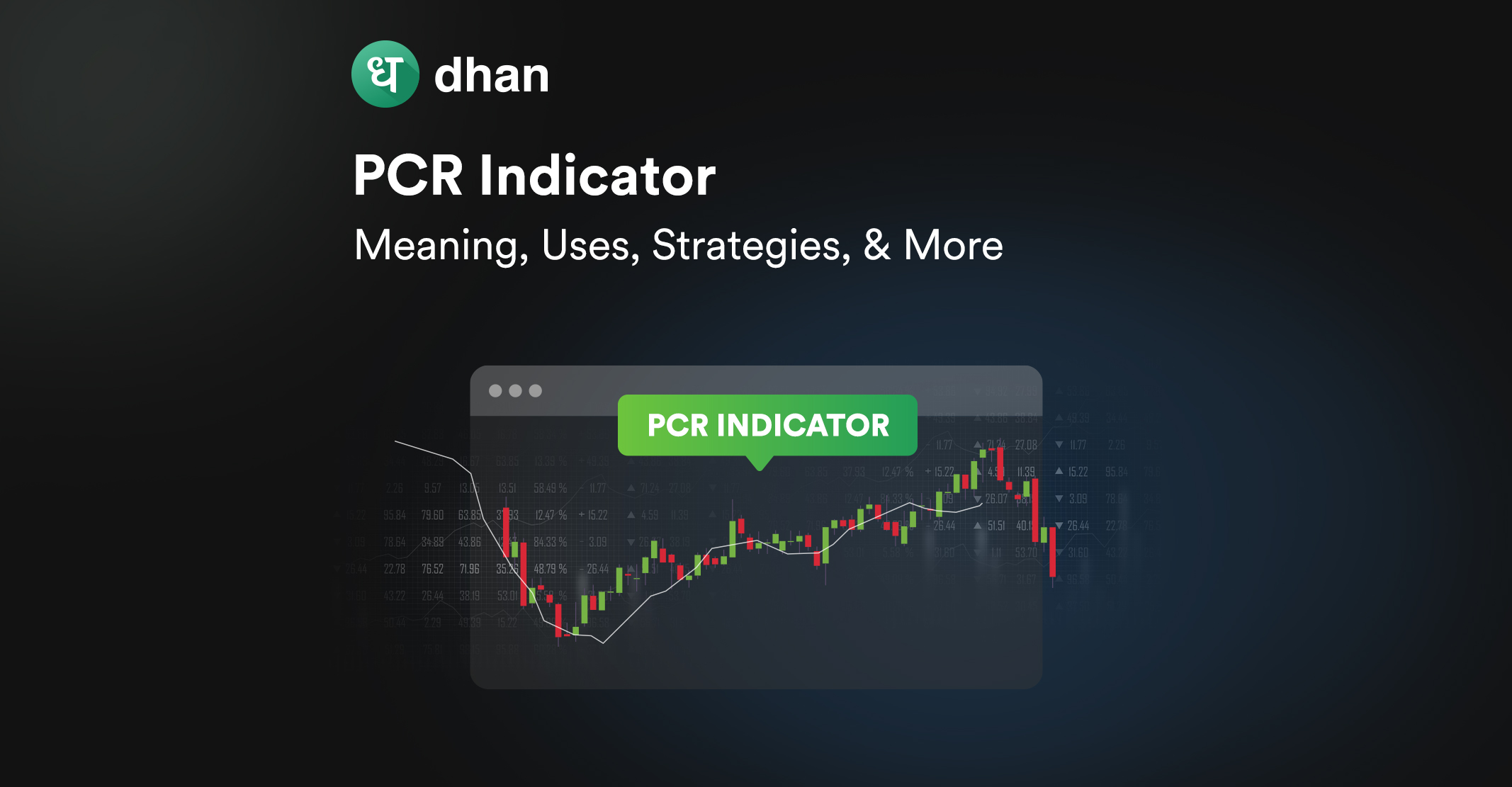If you want to buy stocks for a longer period to avoid daily price fluctuations, you should learn about delivery trading. It is a type of trading strategy where you can sell the stocks after holding them for days, weeks, months, or years.
In this article, we will cover what is delivery trading. We will also share the rules and popular strategies of delivery trading.
What is Delivery Trading?
Delivery trading is a strategy wherein you buy stocks with a view of holding them for the long term and exiting your positions after months or years. Since the stocks will be delivered to your demat account after settlement, this type of trading is known as delivery trading.
You can decide the holding duration based on your choice and analysis of particular stocks. In this way, you can let time work its magic and earn substantial returns, thereby furthering your trading capital and financial goals.
For example, if you are buying the 50 stocks of XYZ Ltd. at ₹100, then you have to pay ₹5,000. The stocks will be credited into your demat account on the next trading day.
If you sell the stocks after three years at a current price of ₹150, then the stocks will get debited on the next day and you will receive the total amount of ₹7,500.
As you can tell, delivery trading is a medium to long-term trading strategy if you are holding stocks for months or years.
Intraday Vs Delivery Trading
In intraday trading, you close all your positions on the same trading day whereas in delivery trading, you hold your positions from months to years, and then can close it anytime.
Here are some other points for intraday trading vs delivery trading:
1. Capital Requirement
In intraday trading, you will need less capital as it involves continuous buying and selling of stocks. You can also rely on 5X margins in intraday trading to buy the stocks.
In delivery trading, you will need the full amount of the order and you have to lock in that amount for a longer period as well. That said, there are convenient features such as Margin Trading Facility on Dhan which allows you to buy more with less capital.
2. Risk Level
Intraday trading has a higher level of risk than delivery trading because, in delivery trading, you will hold on to the stocks for a longer period. It will reduce the short-term price volatility and you can earn more stable returns.
Rules and Regulations for Delivery Trading
Now that you have understood the basics of what is delivery trading, there are some delivery trading rules and regulations that you should know about.
1. T+1 Settlement Cycle
In India, a position settles on the T+1 basis which means that your buy and sell action in the stock market is completed on the next trading day. Earlier, it used to be T+2 but since the new SEBI rules, it has been changed to T+1.
2. Demat Account
Since you’re going to take delivery of shares, you need to have a demat account to start delivery trading. Without that, you can not enter the market. Once you buy the stocks, you can only hold them in the dematerialized form.
3. No Short Selling
Short selling is only allowed on an intraday basis in India, which means you can’t be short on shares if you’re delivery trading. If you want to sell the stocks, you need to have stocks in your demat account.
Brokerage Delivery Trading
Buying and selling shares overnight means taking delivery, and the brokerage charges on it vary depending on the broker.
The brokerage can be charged on two basis: A flat fee or a fixed percentage of the total value of the trade.
Suppose you are purchasing 100 stocks of Z Ltd. at a current market price of ₹120. The brokerage can be charged in either of the two ways.
In the first method, you are required to pay ₹10 as a flat fee irrespective of the total number of stocks you buy. In the second method, you are required to pay 0.02% X (100 stocks X ₹120) = ₹2.4 as the brokerage charges.
This depends on the brokerage houses and thus you need to check this before opening a trading account. On Dhan, we do not charge any brokerage on delivery trades.
Strategies for Successful Delivery Trading
Moving from what is delivery trading to strategies for it is the necessary learning curve. Here, we will discuss three of them.
1. Fundamental Analysis of Stocks
To deeply understand how the stocks have performed in the last three or five years, you can do a fundamental analysis of stocks.
Along with the technical analysis, you need to calculate some performance ratios such as EPS, P/E, ROE, etc.
2. Hold the Position and Remain Patient
The first idea is to start your trading journey from today only. The earlier you start taking positions in stocks, the more returns you can earn by holding them for a longer period.
In delivery trading, you have to remain patient because stocks generally provide better returns after a few years.
3. Diversification is a Key to Success
When buying stocks for the long term, you have to keep in mind that the selected stocks are not from a similar industry.
You need to diversify your holdings by purchasing stocks from different industries.
If the price of one stock falls, you will not lose all your invested capital and hence your total risk gets distributed.
Conclusion
Delivery trading is one of the trading strategies wherein you sell the stocks after some months or years. It is different from intraday trading where you sell your holding on the same trading day.
Conventionally speaking, it also differs from swing trading where price swings last for a few days or weeks. In any case, it is important to ensure that you research, research, and research before following any type of trading.
Like this blog? Then you’ll love:



